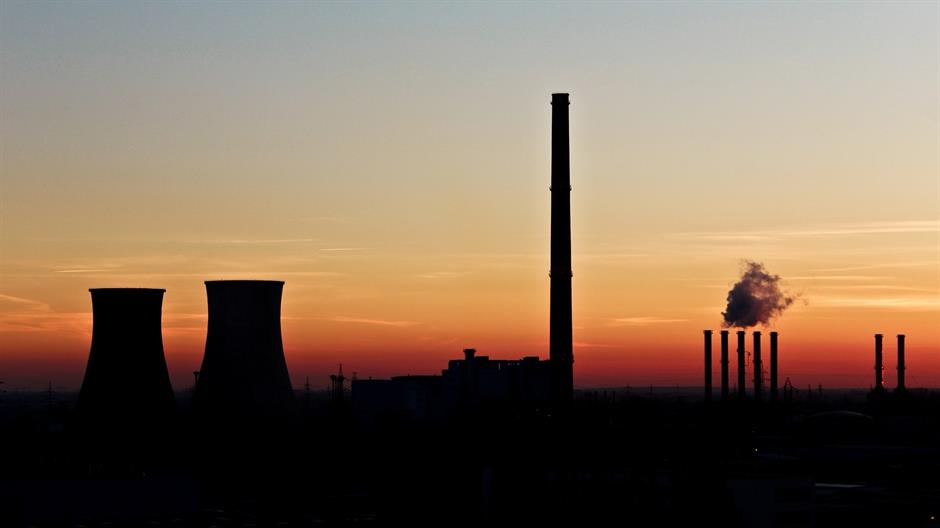
Europe is making good on a promise to buy much more American natural gas as it seeks to ease transatlantic trade tension and reduce its reliance on Russian energy.
The European Union has imported roughly 8 billion cubic meters of liquid natural gas from the United States since July 2018, more than three times the amount purchased in the preceding two years.
The bloc committed at an energy summit in Brussels on Thursday to further purchases so long as the price is competitive. The pledge appears calibrated to appease US President Donald Trump, who has applied tariffs to steel and aluminum from the European Union and has threatened new taxes on cars made in the bloc.
Natural gas is one area where Europe and the United States have found common ground on trade.
In July 2018, Trump and Jean-Claude Juncker, the president of the European Commission, said in a joint statement that the European Union would seek to expand its purchases of American natural gas. The announcement, which included other trade commitments by the European Union, helped the bloc avoid new tariffs threatened by Trump.
The bloc touted figures on Thursday showing that cumulative imports since 2016 have jumped up from 3 billion cubic meters at the time of the joint statement to nearly 11 billion cubic meters in April 2019, an increase of 272 percent.
Market potential
US natural gas made up only a small fraction of the 363 billion cubic meters Europe imported in 2018.
Yet for US energy producers that kicked off exports to Europe with just three vessels in 2016, the market potential is enticing. Already in 2019, 48 vessels have carried liquid natural gas from the United States to Europe.
The European Union also has compelling reasons to buy more energy from the United States. Chief among them: The bloc has been trying, and failing, to cut its dependency on Russian gas since the 2014 crisis in Ukraine.
EU leaders had worried that Russia would cut off gas supplies in retaliation for sanctions Brussels imposed on Moscow over its annexation of Crimea. But energy imports from Russia have actually gone up in the years since.
The European Union imports 77 percent of its natural gas, according to the Commission. In 2018, 43 percent of that came from Russia, while 33 percent originated in Norway and 9 percent was from Algeria. Less than 1 percent was from the United States.
"We are still very far from a scenario in which [the United States] constitutes a significant part of EU gas imports," said Marco Siddi, an EU energy policy expert at the Finnish Institute of International Affairs.
Price vs. politics
US Energy Secretary Rick Perry, who attended the summit in Brussels, said the agreement to increase US natural gas exports would bring "tremendous mutual benefit" to both sides.
Yet liquid natural gas from the United States, which is shipped via boat, is much more expensive that gas piped in from Russia.
Perry said that price cannot be the only consideration.
"You get what you pay for ... you might buy cheaper somewhere else, but it may not be reliable," he said in a response to a question about gas from Russia.
The European Union may be willing to accept higher costs. The bloc recently voted to reopen trade talks with the United States, but they could be derailed by disagreements over agriculture and the environment.
Promising higher gas imports could help lower the temperature.
Follow N1 via mobile apps for Android | iPhone/iPad | Windows| and social media on Twitter | Facebook.
Kakvo je tvoje mišljenje o ovome?
Pridruži se raspravi ili pročitaj komentare



 Srbija
Srbija
 Bosna i Hercegovina
Bosna i Hercegovina
 Slovenija
Slovenija







